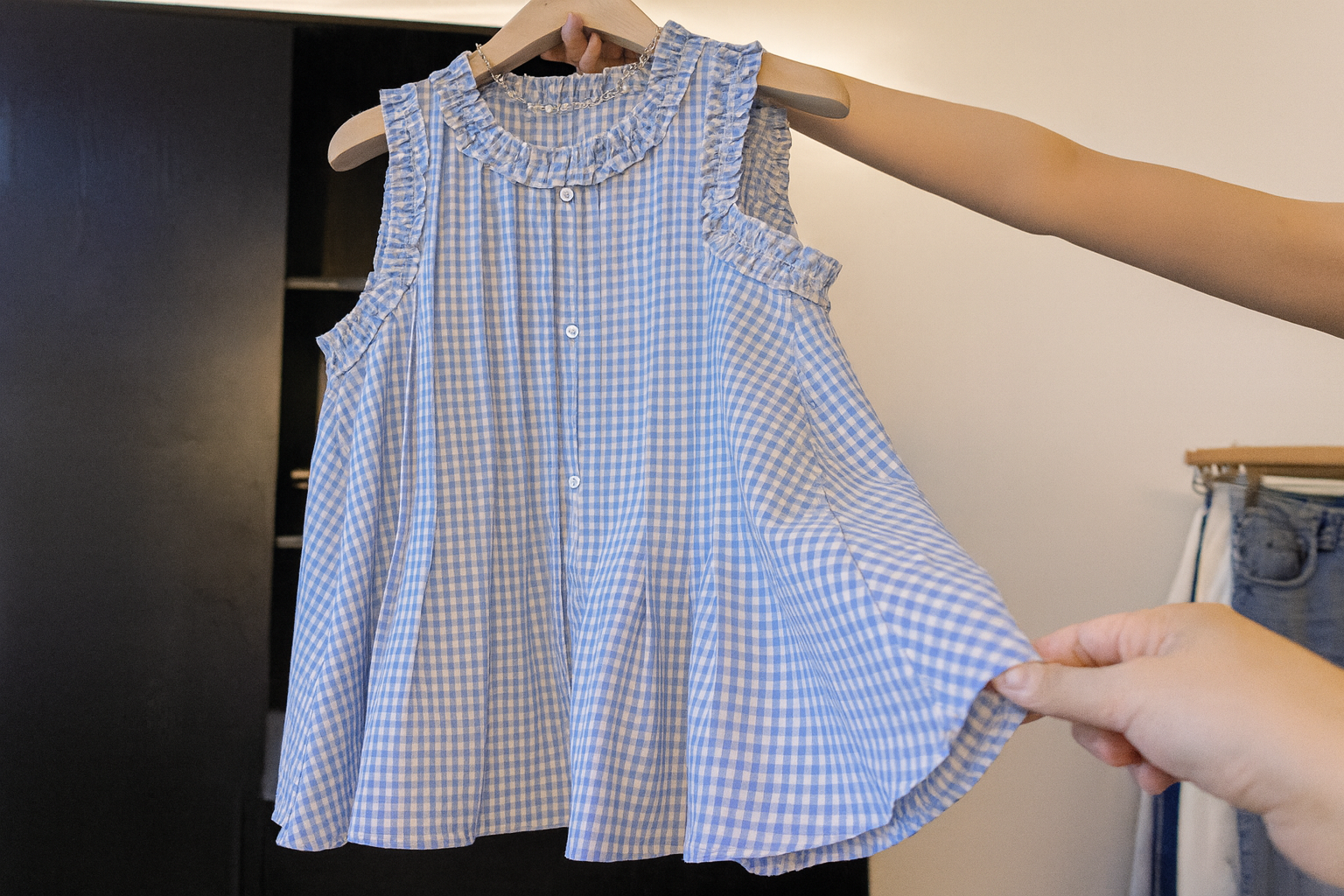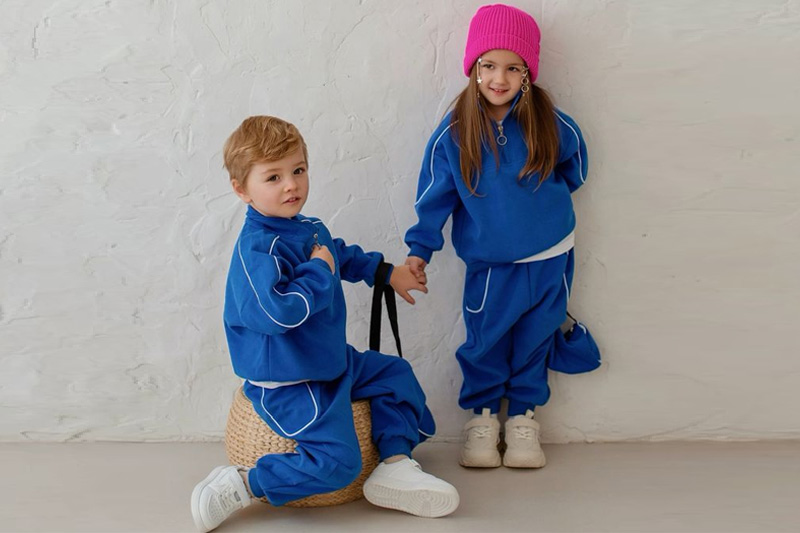When I first started looking into baby clothing production, the terms OEM and ODM felt like a secret code. It’s easy to get tangled up trying to figure out which way to go. Both methods have their perks and their pitfalls. If you’re building a baby clothing brand, understanding the real difference can save you headaches and maybe even some money.
OEM (Original Equipment Manufacturer) means you provide the design, and the factory makes it for you. ODM (Original Design Manufacturer) means the factory designs and produces the product, which you then sell under your brand. OEM offers more design control but requires more upfront work. ODM is faster and less hands-on but limits your customization. Choosing the right method depends on your brand goals, budget, and timeline.
Let’s break down these two approaches so you can see which one fits your baby clothing brand best.
What Exactly Are OEM and ODM in Baby Clothing Manufacturing?
If you’re new to baby apparel production, what do OEM and ODM even mean?
OEM is when you bring your own designs and the factory produces exactly what you want. ODM means the factory provides ready-made designs that you brand and sell. OEM is best if you want full control, while ODM suits brands needing quick turnaround with less design effort.
When I first dipped my toes into manufacturing, I thought OEM and ODM were interchangeable. Spoiler: they’re not. OEM is like baking your own cake from scratch — you choose the recipe, ingredients, and decorations. ODM, on the other hand, is more like buying a premade cake from a bakery and putting your name on it.
OEM gives you creative freedom but also more responsibility. You need to finalize every detail — from fabric choices to sizing and patterns. This means more communication with the factory, and sometimes, more trial and error.
ODM can be a relief if you’re short on design resources. The factory often has ready baby clothing styles you can tweak a bit, like changing colors or logos. It’s faster to market but limits how unique your brand can be.
In the baby clothing world, quality and safety are king. Whether OEM or ODM, always check certifications like OEKO-TEX and GOTS, so your little customers stay comfy and safe.
How Do Customization and Design Control Differ Between OEM and ODM?
Do you want to fully craft your baby clothes, or would you rather have the factory handle most of it?
OEM gives you full control over design, fabric, and fit, allowing a unique brand identity. ODM provides limited customization options, usually confined to colors, logos, and minor tweaks. Your choice depends on how much you want to invest in design versus speed to market.
I remember working with a brand that wanted exclusive baby bodysuits — the softest organic cotton, special prints, and unique cuts. They chose OEM because they needed every detail perfect. The process was longer and a bit rocky, but the result was a line that truly stood out.
Contrast that with another client who launched quickly using ODM. They picked from a factory’s catalog of baby tees, changed the colors and added their label. It was fast and easier but didn’t feel as personal.
Think of OEM as painting your own masterpiece, and ODM as choosing art from a gallery to hang in your room. Both have value, but your brand story will shape which fits better.
What Should You Know About Cost and Time in OEM vs. ODM Baby Apparel Production?
Money and deadlines — they’re usually top of mind, right?
OEM generally costs more and takes longer due to custom design work, sampling, and development. ODM often lowers upfront costs and speeds up production by using existing designs. Your budget and launch schedule will guide your best option.
Budget is always a tightrope walk. OEM means investing in samples, design tweaks, and sometimes, higher minimum order quantities. It’s like planting a garden — you have to nurture it, and the harvest takes time.
ODM can feel like buying fresh flowers from the market — quick and easy, with less upfront investment. But the trade-off is less exclusivity and sometimes thinner margins because the designs are more common.
When I helped a baby clothing startup, they underestimated how long OEM sampling took. The factory needed multiple rounds to perfect sizing and print placement. It added weeks to their schedule but paid off with happy customers.
How Does Intellectual Property and Brand Ownership Work with OEM and ODM?
Who really owns the designs? How safe is your brand’s identity?
With OEM, you own all design rights and keep full control over your brand’s intellectual property. ODM often means the factory owns the original design, limiting your exclusivity and increasing risk of similar products appearing elsewhere. Protecting your brand depends on the production model.
Imagine you put your heart into designing a unique baby romper with a special fabric blend and print. With OEM, that design belongs to you — no one else can copy it without your say-so.
ODM is trickier. The factory might have created the design initially, and while you put your label on it, other brands might sell nearly identical products. It’s like buying a popular song versus writing your own — the uniqueness is at stake.
If brand exclusivity matters to you (and for baby clothes, it often does), OEM is safer. But it comes with the need to invest more upfront in design and legal protection.
How to Decide Which Production Model Fits Your Baby Clothing Brand?
So, after all this, which way should you go?
Choosing between OEM and ODM depends on your brand’s vision, budget, timeline, and control needs. OEM suits brands wanting uniqueness and long-term growth, while ODM is ideal for quick launches and lower initial investment. Weigh your priorities before making a move.
I’ve seen brands thrive with both OEM and ODM. One started with ODM to test the market, then shifted to OEM as their brand grew. Another went full OEM from day one because exclusivity was key.
Here’s a quick checklist to help:
| Factor | OEM | ODM |
|---|---|---|
| Design Control | Full control, fully custom | Limited customization |
| Time to Market | Longer, needs samples & tweaks | Faster, uses existing designs |
| Upfront Cost | Higher (design & sampling) | Lower |
| Brand Exclusivity | High, you own designs | Lower, factory owns designs |
| Risk of Copycats | Low | Higher |
Think about your customers, your story, and your resources. If you want a brand that feels truly yours, OEM might be worth the wait. If you need to move fast and keep costs down, ODM can be your best friend.
Conclusion
Both OEM and ODM have clear pros and cons. The best choice depends on your unique needs — your brand’s heart, your budget, and how fast you want to get your baby clothes out there.
If you want to learn more or explore customized baby clothing production, visit Taian Lianchuang Textile Co., Ltd — where we help brands find the right fit for their dreams.


